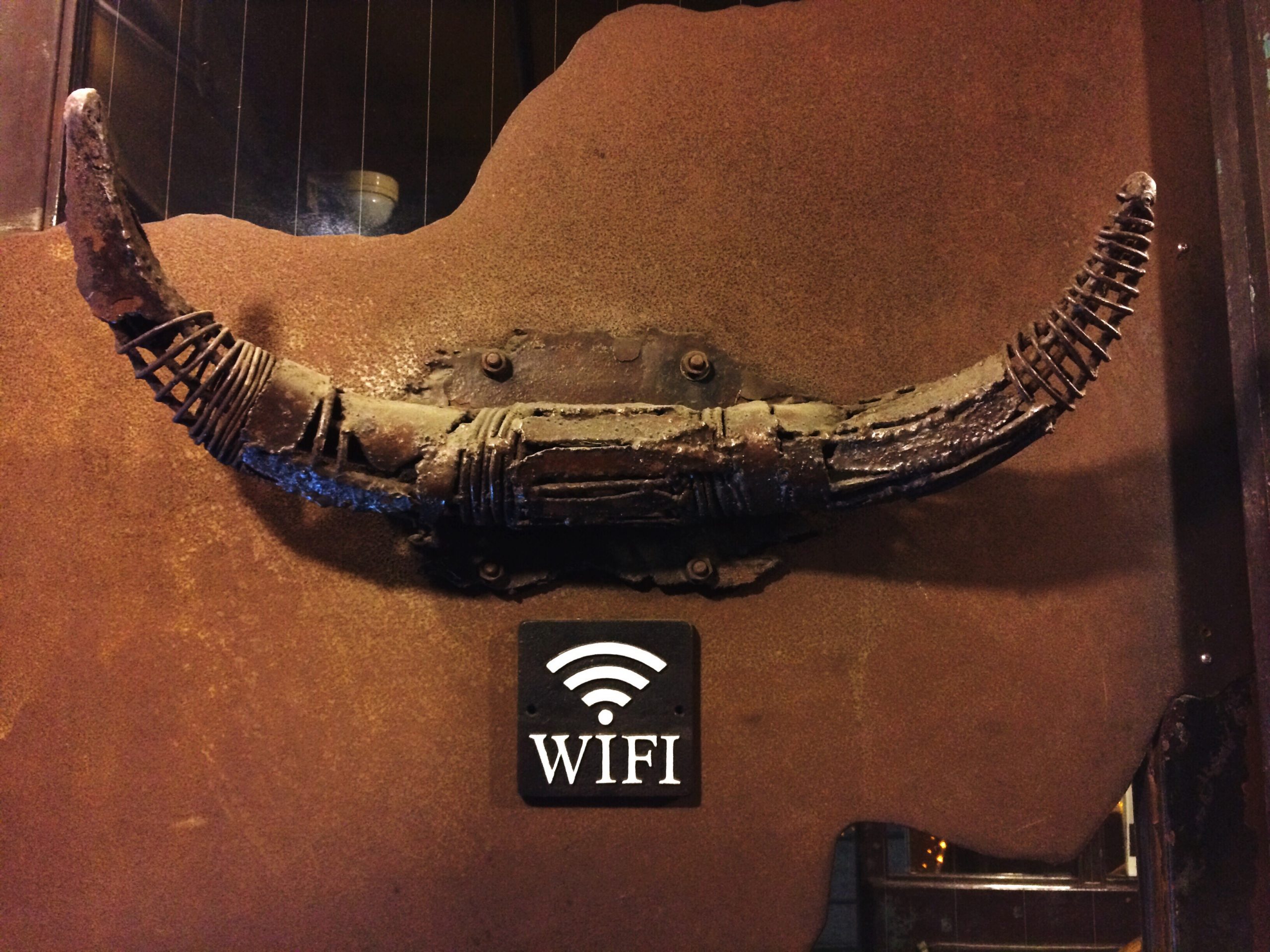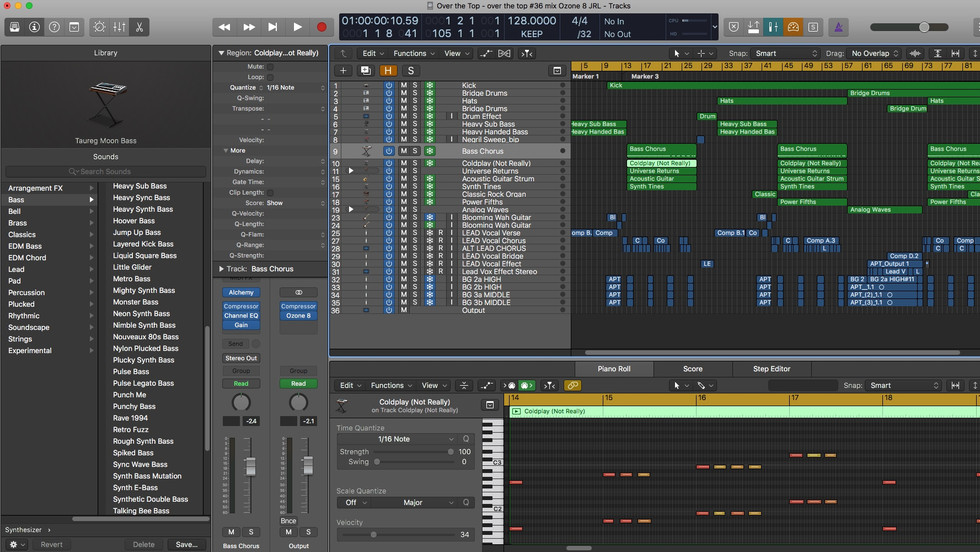How to Soft-Jailbreak the iPhone 8 on iOS 16.5
- Posted in Hacking / iPhone / Security / Technology
So there are two different types of jailbreaks in my opinion… and this is probably universal however I don’t know the terms in the Jailbreak community. Anyways, a hard jailbreak, to me, is when you flash the iOS operating system with something else and it natively boots to that new operating system. A soft jailbreak, is when you boot an OS that is different but it is not written to the device, so when you reset the device the jailbreak is gone. This is the one we are going to focus on today, the soft jailbreak.
A quick disclaimer: I am not responsible if Apple turns you into a human centipad, sues you, whatever. I am also not responsible if you brick your phone.
There are a number of ways to do this, using a Windows computer (which I have not tested); a Linux computer, which is a little more cumbersome than my preferred method which, finally, is using an Apple computer.
Other things you will need:
-An Apple branded USB-A to lightning adapter cable
-A USB hub of some sort (I am using a USB-C to USB-A 3 port hub)
Another Disclaimer: if you want to use a Linux or Windows computer to do this, be warned that you should not do this using an AMD chip. Intel gives the best results.
The exploit we are going to use to do this is called PaleRa1n. You can get it here, but make sure to grab the appropriate version for your setup. One suggestion however, if you are on a Mac, either Intel or M series, grab the UNIVERSAL package and download.
First you may need some packages to run this exploit. Let’s get them by running the following in a terminal window.
sudo python3 -m ensurepip
sudo python3 -m pip install setuptools xattrNow cd into your Downloads folder and enter the following.
sudo xattr -c palera1n-macos-universal This command sets extended attributes for the exploit we are going to run. Next run
sudo chmod +x palera1n-macos-universal This command makes the file executable.
Now for the next part… PAY CLOSE ATTENTION… Wipe your iPhone 8 and wait for it to revert to factory settings. You can either backup your data or not, that’s up to you and I am in no way responsible for lost data.
Once it is wiped and restored plug it into your Mac and navigate back to your downloads folder. In a terminal window run the following command:
./palera1n-macos-universal
And follow the onscreen prompts. You will then be prompted to hold some keys on the phone, do this and then you will enter DFU mode. Wait for your iPhone to fully boot and then go through the initial setup. Once complete you will see an app on there that looks like a raindrop called PaleRa1n, go ahead and open it and install the packages inside.
That’s it. You have soft jail broken your iPhone 8 on iOS 16.5. This will work for other iPhones and iOS’s as well but I have only detailed the one use case.
For more information on this goto PaleRa1n’s official GitHub or visit the install guide here if you have any further questions.







